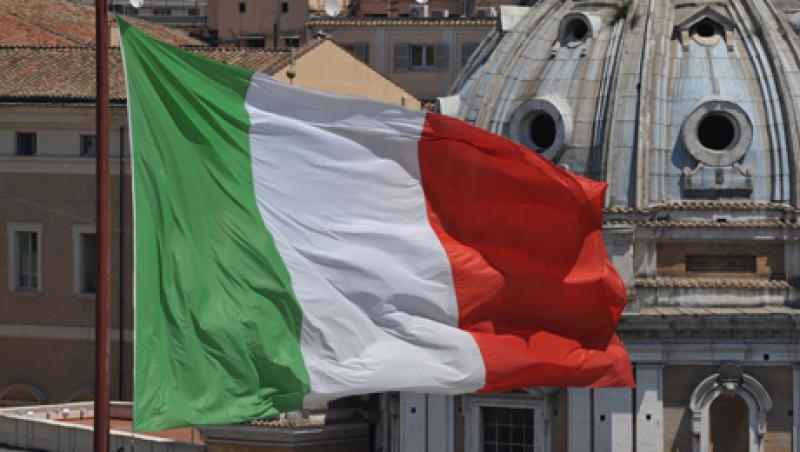
Italian Austerity Shows Signs of Worsening Debt Crisis
Italian households’ curb on spending could make it harder for the country to repay its debt, though optimists say the ECB’s bank loans will ease the pain.
David Turner
December 22, 2011


